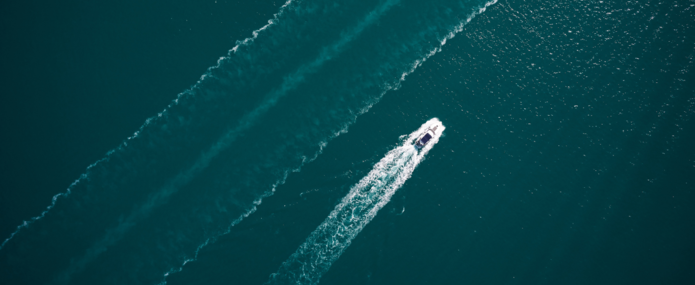Just over a year ago, the international community finalized an agreement aimed at ensuring the conservation and sustainable use of biodiversity in marine areas beyond national jurisdiction (BBNJ). After contributing to discussions on the treaty’s content for over a decade, IDDRI is now working to ensure that it comes into force as soon as possible, and is contributing to efforts to establish the first High Seas Marine Protected Areas (MPAs).
On Saturday March 4, 2023 at the United Nations headquarters in New York, following years of negotiations and after a final “marathon” session, Réna Lee the President of the Intergovernmental Conference declared with relief: “The ship has reached the shore”. We then celebrated a treaty that could legitimately be described as historic in terms of its scope–half of the planet–the length of time it took to draw up–more than fifteen years, including the first informal UN discussions–and the troubled geopolitical context from which it emerged. Since then, 87 States have signed the agreement, two countries (Palau and Chile) have ratified it, and the entire ocean community is currently mobilising to prepare for its future implementation, notably through the establishment of a preparatory committee, the details of which are currently being negotiated, and the development of capacity-building programmes. IDDRI has been working on this issue since 2007, and is now involved both in supporting the ratification of the treaty and in the future implementation of its MPAs component.
Since the finalisation of the treaty, a race has been underway to reach the 60 ratifications required for it to enter into force. This process involves often complex internal procedures that are sometimes delayed by electoral deadlines1 . The African region, which played a key role in negotiating the text, is now united behind the need to ratify it “as soon as possible”, as reiterated in the Addis Ababa Declaration adopted at the nineteenth ordinary session of the African Ministerial Conference on the Environment (August 17-18, 2023). As chair of the Economic Community of West African States (ECOWAS), the Nigerian government initiated a project to support member countries in their efforts to ratify the text. This project, in which IDDRI is involved, includes in particular the analysis of the various components of the treaty, a study of national ratification processes, the establishment of national roadmaps and the strengthening of regional cooperation on issues relating to the agreement’s implementation. Thus, having joined the Coalition of High Ambition for Nature and People in 2022, ECOWAS Member States are now fully mobilized to ratify the treaty.
The BBNJ treaty, a major innovation, establishes a mechanism for the creation of MPAs on the high seas, which was previously lacking, and will enable the implementation of the 30x30 Target adopted as part of the Kunming-Montreal Global Biodiversity Framework, by ensuring the protection of biodiversity hot spots, for example (seamounts, cold-water corals, hydrothermal vents, etc.). Although the last few decades have seen an increase in the number of MPAs in waters under national jurisdiction, giving managers, scientists, and experts the knowledge they need to make these instruments effective marine biodiversity protection tools, experience on the high seas nevertheless remains very limited and the management model for future MPAs in these areas has yet to be developed. This is particularly true in terms of the monitoring, control and surveillance of human activities in future high seas MPAs, an essential component that will determine their effectiveness. What resources are available to meet this major challenge? How can traditional instruments (inspections at sea or in ports) be usefully combined with emerging technological tools, which are becoming increasingly easy to access? Similarly, the question of funding for future MPAs on the high seas has so far received little attention. What should be the annual cost of managing a High Seas MPA? How should this cost be divided between the various items on the budget? What are the possible funding sources? By providing insights and recommendations on these two topics, which have not yet been fully explored, IDDRI aims to contribute to the efforts of States and other stakeholders working to create and manage the first high seas MPAs, and to prepare the ground for discussions at the first of the treaty’s COPs.
One year ago, the international community adopted a long-awaited agreement to ensure the collective and sustainable management of areas beyond national jurisdiction. As highlighted at the sixth session of the United Nations Environment Assembly (UNEA-6), which has just ended2 , efforts must now focus on the rapid ratification of the text, which many would like to see enter into force at the next United Nations Ocean Conference, to be held in Nice in June 2025. At the same time, governments, NGOs, scientists and experts must anticipate the challenges of implementing the text, in its various components, so as to be as effective as possible from the first COP of the treaty. Over the coming months, IDDRI will be making an active contribution to these efforts, to ensure that the rules designed to “Protect the neglected half of our blue planet” are implemented as quickly as possible.




